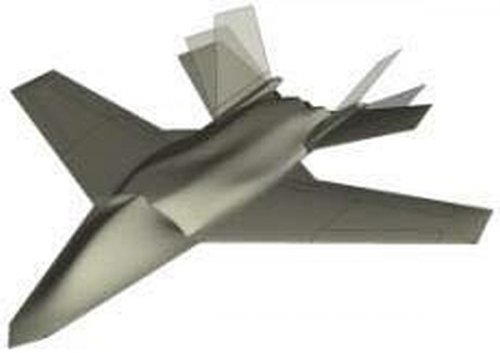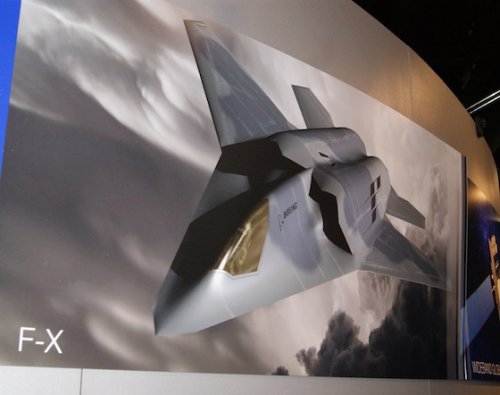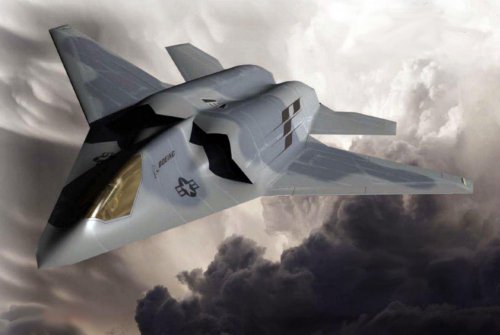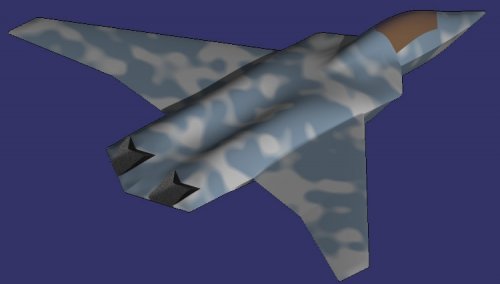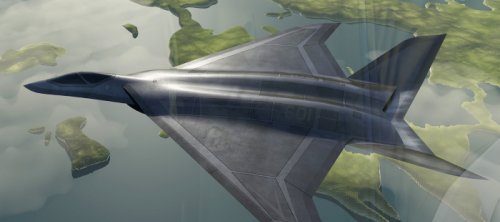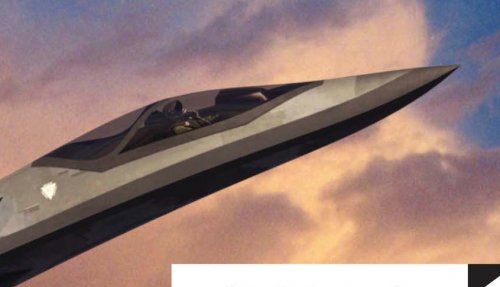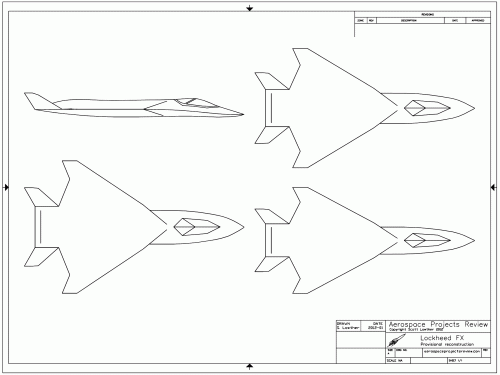Rlewis
I really should change my personal text
- Joined
- 11 October 2012
- Messages
- 39
- Reaction score
- 2
donnage99 said:Rlewis said:im willing to bet with enough digging i can find a rand report from the 1990s that talks about joint programs saving money. and there brilliant analysis proving it. and someone said "did you read the rand report? thats how I know this JSF idea is a good one" now with hindsight they will tell us how it doesn't. theory and practice are two different things. just because the jsf is a disaster does not mean that joint programs are not favorable. you would be hard pressed to actually find programs that are only funded by a single source these days honestly. the DOD is more than just the JSF even though lockmarty would have you think otherwise. I think there was a rand report about how the USN should cancel the F/A-18E and wait for the JSF that would be hitting the fleet in the early 2000s.
That doesn't validate anything. The simple logic to that is there's more evidence today than 20 years ago about modern joint program. And btw, did you read the report? It took into account all recent major programs whether it is single service or joint. JSF is but one of them
skipped this one actually. i try to fall back on my own experience with not just the us navy, but my experience in dealing with reports from outside and contrast that with my work and analsyts that barely scrape the surface but think they know my job better than i do. i'm not usually impressed with them. the purpose of a program is not always to save money either. dirty secret. its about pooling resources so we both get what we want. i have a hard time believing that when two services combine things instantly go pear shaped and you have to look at the technological risk inherent in the program. for example if the gyrenes had signed onto the super hornet. which they should have. i don't believe it would suddenly be astronomically expensive and delayed into eternity. the super hornet being a low risk development. now a helicopter that flies like a plane or a mach 1+ hovering stealth fighter; well thats a different story isn't it? a lot of these programs dont stink because they are joint, they stink because its a bridge too far for the tech available. in that case weather its one service [f-22] 2 services [v-22]or all 3 [jsf] its going to be costly and delayed with lots of redesigns. you can also look at single service [F-18EF] 2 service [ I want to say ch-53k but its still in development so thats cheating] which are progressive follow ons, and low risk. so in conclusion I would like to see ngad as joint. whether that helps or hurts basically depends on how advanced the design and tech will be. if it borrows from previous designs and is kept low risk it has a better chance than if the wheel is reinvented. so yes, i bet the randy boys figured out that advanced programs don't save. not all advanced programs are joint and not all joint programs are advanced.

